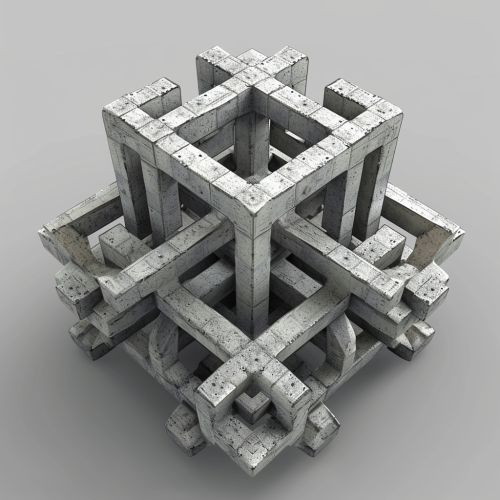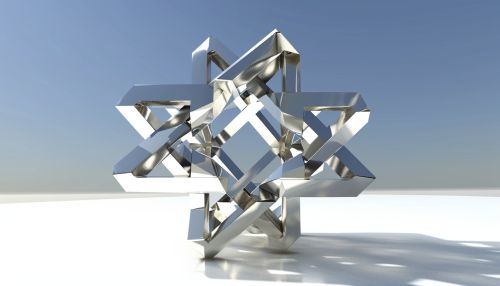3D model
Introduction
A 3D model represents a physical body using a collection of points in 3D space, connected by various geometric entities such as triangles, lines, curved surfaces, etc. Being a collection of data (points and other information), 3D models can be created by hand, algorithmically (procedural modeling), or scanned. Their surfaces may be further defined with texture mapping.


Creation of 3D Models
3D modeling is the process of developing a mathematical representation of any three-dimensional surface of an object (either inanimate or living) via specialized software. The product is called a 3D model. It can be displayed as a two-dimensional image through a process called 3D rendering or used in a computer simulation of physical phenomena. The model can also be physically created using 3D printing devices.
Manual 3D Modeling
Manual 3D modeling is akin to sculpture, where the 3D artist works on a mesh of points and polygons to create the desired shape. This is often done using a 3D modeling tool like Blender, 3ds Max, or Maya. These tools provide a variety of ways to create complex shapes from simple primitives.
Procedural 3D Modeling
Procedural 3D modeling uses algorithms and mathematical functions to automatically create shapes. This can be a simple algorithm like a L-system for creating trees or complex simulations of fluid dynamics to create realistic water effects. Procedural modeling is often used in visual effects for film and video games.
3D Scanning
3D scanning is a process of collecting digital data on the shape and appearance of a real object, creating a digital model based on it. This is accomplished using a 3D scanner, a device that captures the shape of a physical object or environment using lasers or structured light. The data collected can then be used to construct digital, three-dimensional models useful for a wide variety of applications.
Applications of 3D Models
3D models are used in a wide range of fields. The medical industry uses detailed models of organs. The movie industry uses them as characters and objects for animated and real-life motion pictures. The video game industry uses them as assets for computer and video games. The science sector uses them as highly detailed models of chemical compounds. The architecture industry uses detailed 3D models of architectural designs.
Medical Industry
In the medical industry, 3D models of organs and other parts of the human body are created for a variety of uses. These can include training and practice for surgeons, visualization for patients, and the design of medical devices.
Movie Industry
In the movie industry, 3D models are used to create characters and objects for both animated and live-action films. This can range from creating entire environments to smaller items like props. The process often involves a combination of 3D modeling, texturing, and animation.
Video Game Industry
In the video game industry, 3D models are used as game assets. This includes characters, environments, and props. These models are often created in a way that allows them to be easily animated, and they are often optimized to run efficiently in real-time game engines.
Science
In the field of science, 3D models are used to create highly detailed models of chemical compounds and other scientific data. These models can be used for a variety of purposes, including research, education, and data visualization.
Architecture
In the field of architecture, 3D models are used to create detailed architectural designs. These models can be used to visualize a building before it is built, allowing architects and clients to explore the design in a way that is not possible with traditional 2D drawings.
